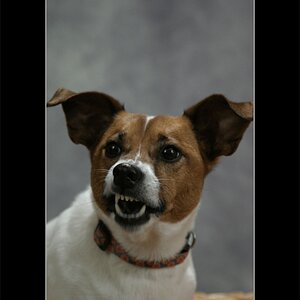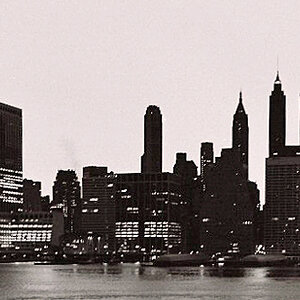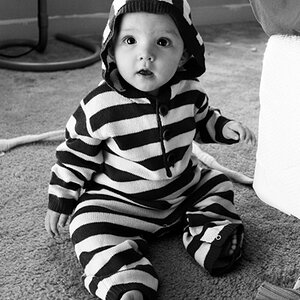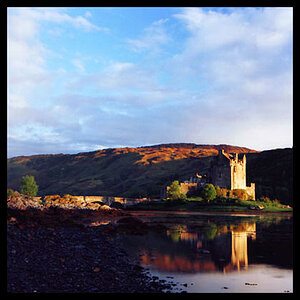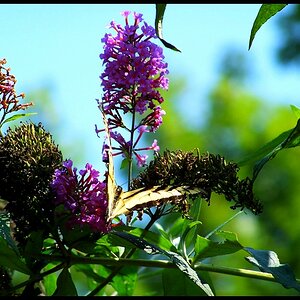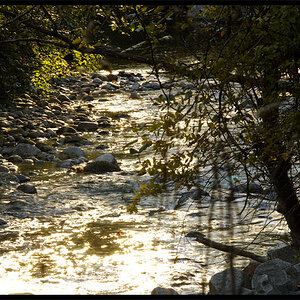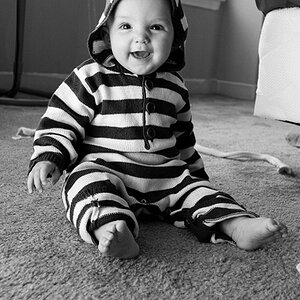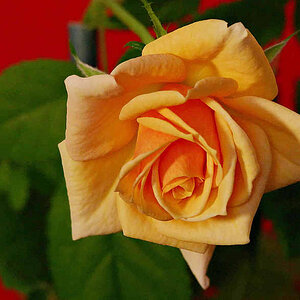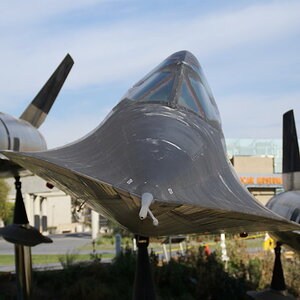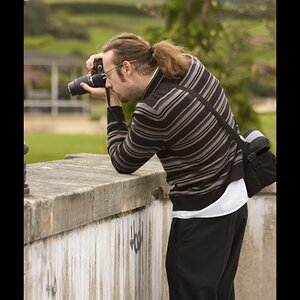- Joined
- Mar 29, 2016
- Messages
- 14,872
- Reaction score
- 8,322
- Can others edit my Photos
- Photos NOT OK to edit
@astroNikon Sports and Wildlife were the two areas I first thought of when looking at the high ISOs. I'm not really up on the Nikon but in the case of the Pentax they went with a slightly different sensor, a new CPU, and system software. As manufacturers develop new technology I honestly believe they will one day mimic or even surpass the human eye in the ability to capture light and dynamic range.





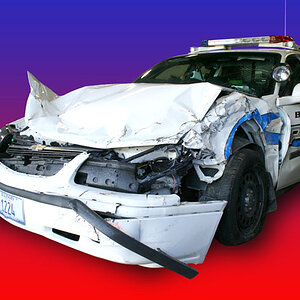
![[No title]](/data/xfmg/thumbnail/37/37636-e02c7efccb426a8951ed97a37c0f9307.jpg?1619738157)
